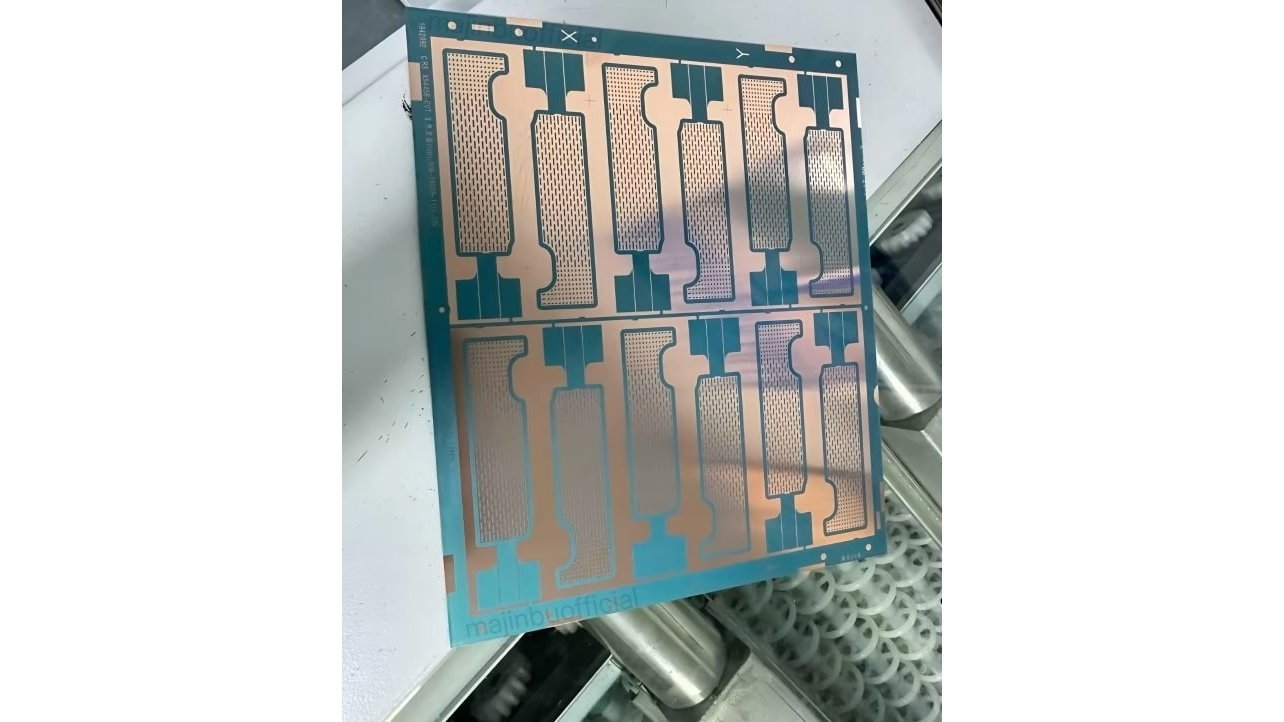The iPhone 17 series is anticipated to introduce innovative internal heat dissipation methods.
A recent leak suggests that the iPhone 17 series may implement a vapor chamber cooling system, marking its introduction into the iPhone lineup.
Currently, iPhones utilize passive cooling through their metal and glass construction, which can lead to overheating warnings during heavy usage, temporarily limiting device functionality.
According to a report from Majin Bu—who has a mixed history with leaks—the vapor chamber cooling system is set to debut with the iPhone 17 this fall. The report cites an “internal source” but mentions ongoing design challenges.
Vapor chambers are commonly used in many Android devices to manage heat during intense activities like gaming. The technology works by having a liquid-filled chamber that absorbs heat, causing the liquid to evaporate.
The vapor then spreads across the device’s plate, cooling and turning back into liquid, which helps redistribute heat more effectively.

A copper thermal plate could facilitate improved heat distribution – Image credit: Majin Bu
The transition to a more active cooling approach for iPhones has been discussed for some time. Reports dating back to January indicated that Apple was considering this for the next iPhone model.
Ming-Chi Kuo, a TF Securities analyst, first proposed the idea of vapor chamber cooling for the iPhone 17 in an August 2024 report, suggesting it would likely be limited to the Pro and Pro Max versions.
Bu also suggested that the iPhone 17 series might come in new pastel purple and green color options.
The need for enhanced cooling arises from the iPhone’s increasing capabilities, including higher computational demands from Apple’s AI. Bu noted plans for a heat-dispersing metal plate to further assist with thermal management.
Moreover, the report aligns with other claims that Apple will shift to lighter aluminum chassis materials, which are better at absorbing and dissipating heat. Historically, iPhones have relied on thermal paste, graphite sheets, and aluminum shielding to manage component heat.
